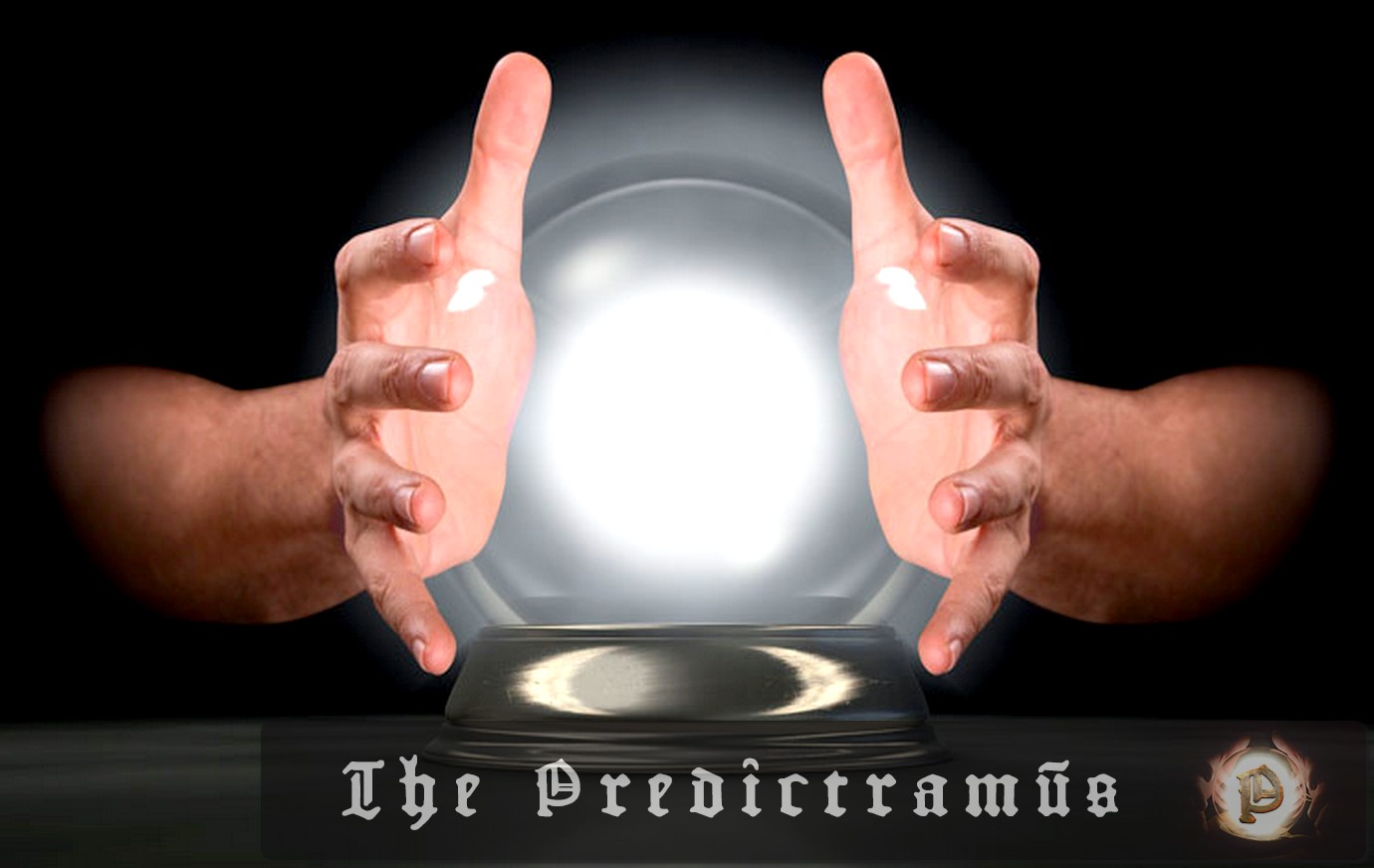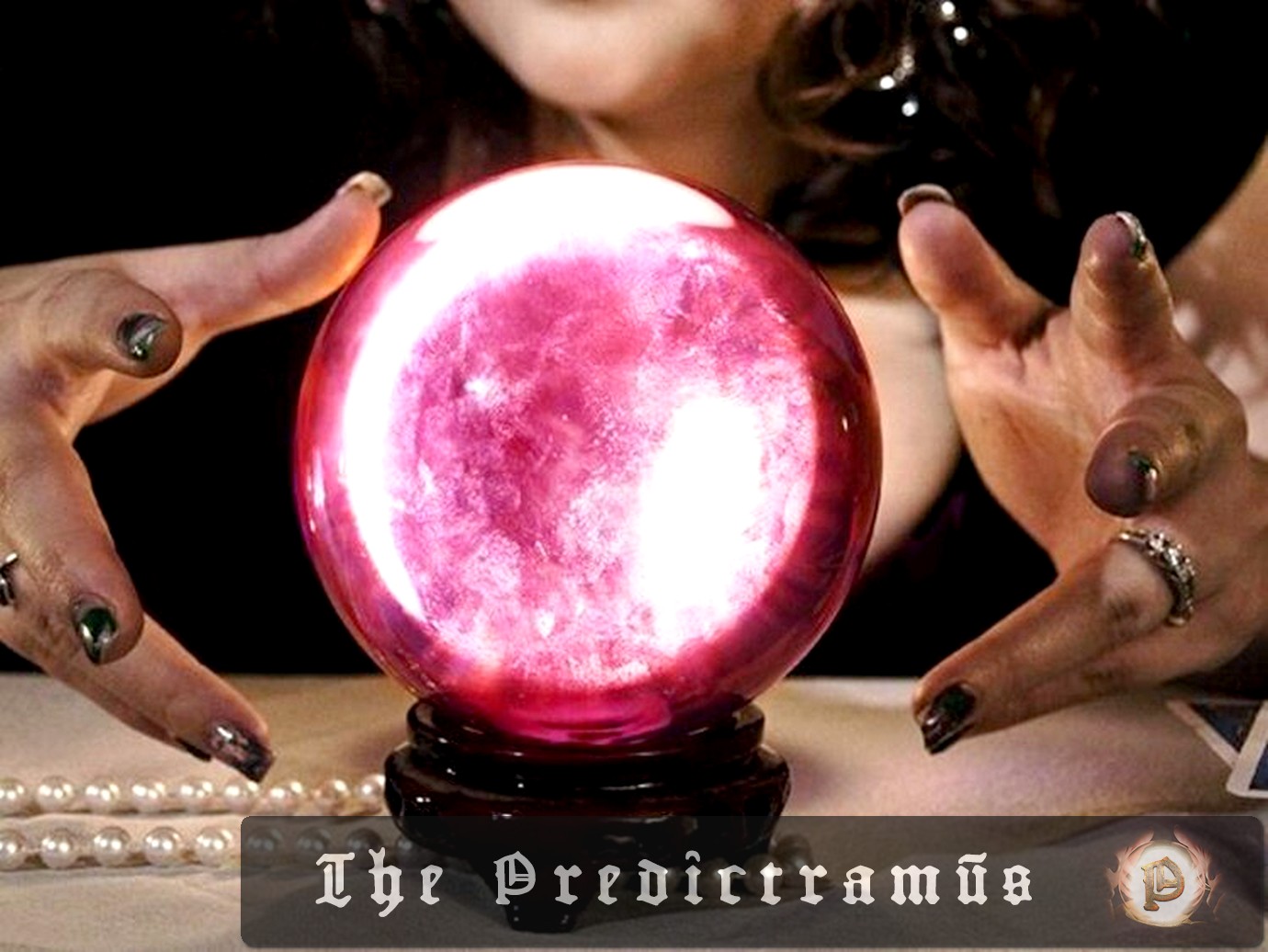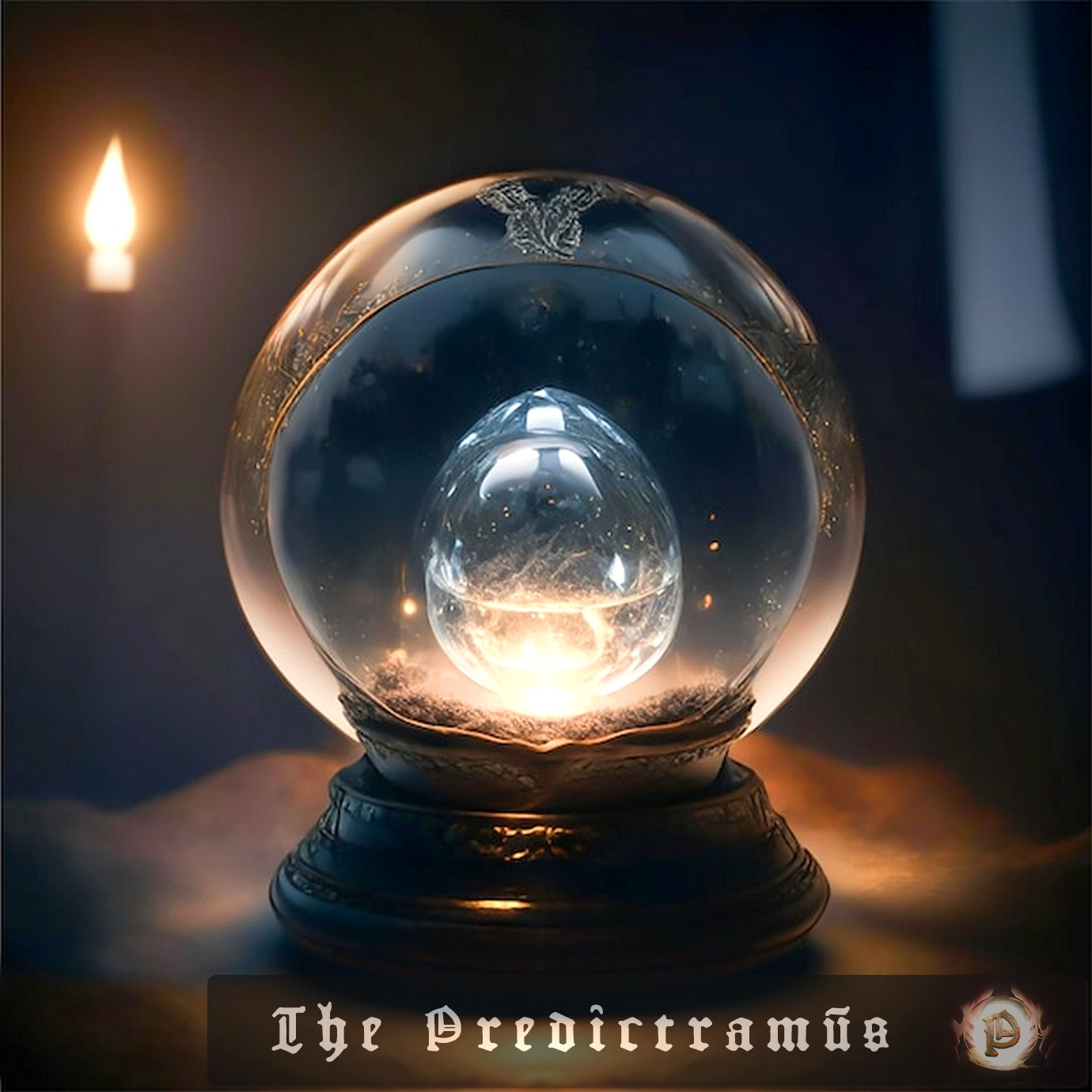Mathematicians have finally solved a 65-year-old problem in the field of topology, which deals with the properties of shapes that are preserved under continuous transformations. The problem, which involved determining the dimensions in which certain twisted shapes can exist, has been a long-standing puzzle in the mathematical community. Researchers at Fudan University and the University…
Math on The Soothsayer / page 2
Mathematicians Noga Alon and Peter Sarnak have been engaged in a friendly debate since the late 1980s about the existence of optimal expander graphs, which are highly interconnected networks with relatively few edges. Recently, three mathematicians have finally settled the debate, proving that such graphs are not as rare as Alon and Sarnak thought. This…
Tai-Danae Bradley, a researcher at SandboxAQ, is using category theory to study language as a mathematical category, aiming to develop new mathematical tools and understand the structure of language. Her work has the potential to revolutionize the field of linguistics and artificial intelligence, enabling more accurate language processing and generation. This breakthrough could lead to…
Mathematicians have made a breakthrough in understanding the process of mean curvature flow, which describes how surfaces evolve over time. The discovery, which confirms the “multiplicity-one” conjecture, has significant implications for the study of melting surfaces, such as ice cubes or eroding sandcastles. This new understanding will enable researchers to analyze the evolution of surfaces…
Researchers at Princeton University have made a groundbreaking improvement to Newton’s method, a centuries-old technique used for optimization problems. The new algorithm, developed by Amir Ali Ahmadi and his team, extends Newton’s method to work efficiently on the broadest class of functions yet, potentially replacing it in various applications. Forecast for 6 months: Expect to…
Mathematicians at New York University’s Courant Institute and the University of British Columbia have finally solved the three-dimensional Kakeya conjecture, a problem that has puzzled experts for over a century. The solution, which involves finding the most efficient way to point a pencil in every direction while minimizing the space it moves through, has far-reaching…
Mathematicians Nalini Anantharaman and Laura Monk have made a groundbreaking discovery in the field of hyperbolic surfaces, building on the work of the late Maryam Mirzakhani. Their research has shown that certain critical properties are common in hyperbolic surfaces, which were previously thought to be rare. This breakthrough has significant implications for our understanding of…
A German graduate student, Britta Späth, encountered the McKay conjecture, a significant open problem in group theory, in 2003. She dedicated her time to solving it, eventually teaming up with mathematician Marc Cabanes, whom she fell in love with. After 20 years of work, the couple has successfully solved the problem, providing a concrete tool…
Mathematicians have made a significant breakthrough in understanding the limitations of solving Diophantine equations, a fundamental problem in mathematics. Researchers have proven that there is no general algorithm to determine if a given Diophantine equation has a solution in certain number systems. This discovery sheds new light on the long-standing problem of Hilbert’s 10th problem…
Mathematicians have long relied on calculus to understand the world around us, but a groundbreaking discovery by Karl Weierstrass in 1872 shook the foundations of the subject. Weierstrass’ “monster function” revealed that continuity does not imply differentiability, forcing mathematicians to re-examine their understanding of calculus. This breakthrough has far-reaching implications for fields such as physics,…










